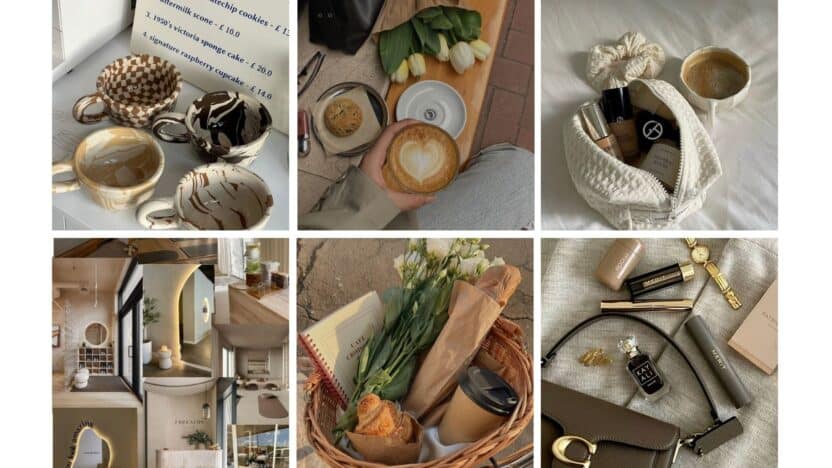Many household items that you typically throw away can actually be transformed into useful resources through simple creative techniques. Instead of sending these materials to landfills, you can give them new life by repurposing them into functional items for your home and garden.
Learning how to return everyday waste materials to productive use helps reduce environmental impact while saving money on new purchases. From glass containers to cardboard boxes, most common household discards contain valuable materials that can serve new purposes with minimal effort or modification.
1) Repurposing glass jars as storage containers
Glass jars make excellent storage containers throughout your home. You can organize kitchen pantry items like dry goods, spices, and leftovers in these transparent containers.
Empty pasta sauce jars work perfectly for storing rice, beans, and cereals. The clear glass lets you see contents at a glance, making meal planning easier.
In your bathroom, small jars hold cotton balls, hair ties, and cosmetic supplies. Medium-sized jars organize toiletries and keep countertops clutter-free.
Your home office benefits from jar storage too. Use them for paper clips, rubber bands, and small office supplies. Different jar sizes accommodate various items perfectly.
Glass jars are naturally airtight when sealed properly. This keeps stored food fresh longer than plastic containers. The non-porous surface won’t absorb odors or stains.
You save money by reusing jars instead of buying new storage containers. Glass containers last indefinitely with proper care, unlike plastic alternatives that crack or warp.
Clean jars thoroughly before repurposing them. Remove labels by soaking in warm soapy water. Stubborn adhesive comes off with cooking oil or commercial adhesive remover.


2) Turning old t-shirts into cleaning rags
Old t-shirts make excellent cleaning rags instead of heading to the landfill. Cotton fabric is naturally soft and won’t scratch surfaces like wood furniture.
Start by gathering t-shirts that are stained, have holes, or aren’t suitable for donation. These damaged shirts work perfectly for this project.
Cut your t-shirt along the seams to create flat pieces. Fold each piece in half and cut into equal-sized squares or rectangles.
You can use these homemade rags for various cleaning tasks around your house. They’re perfect for dusting, window washing, and cleaning up spills.
Cotton t-shirt rags work especially well for tasks involving bleach or heavy-duty chemicals. You won’t worry about staining expensive cleaning cloths.
This approach saves money compared to buying commercial cleaning rags. You’re also giving your old clothing a second life before disposal.
The soft cotton material is gentle enough for polishing shoes or removing makeup. It’s also ideal for painting projects where you expect mess.

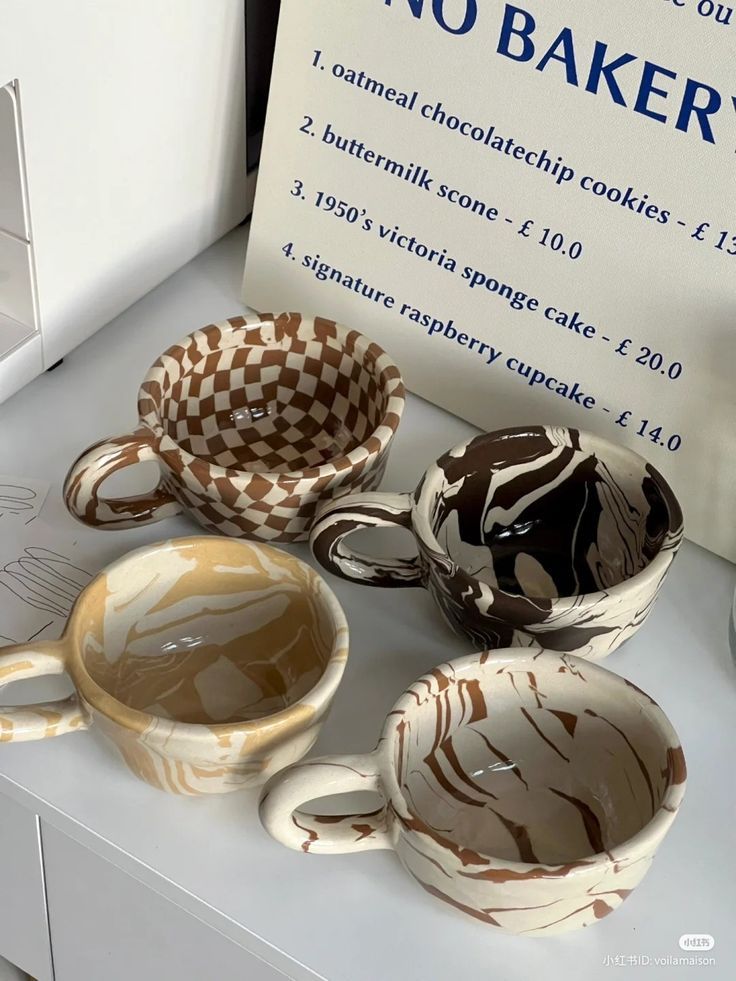
3) Using coffee grounds as garden fertilizer
Your morning coffee creates a valuable resource for your garden. Instead of throwing used coffee grounds in the trash, you can transform them into effective plant fertilizer.
Coffee grounds contain nitrogen, potassium, and other essential nutrients that plants need to thrive. These nutrients help improve soil health and support healthy plant growth naturally.
You can apply coffee grounds directly to your garden beds by sprinkling them around plants. Mix them into the soil rather than leaving thick layers on top to prevent water drainage issues.
Adding coffee grounds to your compost pile speeds up decomposition and enriches the final compost. The grounds provide nitrogen that balances carbon-rich materials like leaves and paper.
You can also create liquid fertilizer by steeping used grounds in water for several days. Strain the mixture and use this nutrient-rich water to feed your plants.
Coffee grounds work well for acid-loving plants like blueberries, azaleas, and roses. They also benefit vegetable gardens, herb containers, and houseplants when used properly.
This simple practice reduces kitchen waste while providing free fertilizer for your garden.
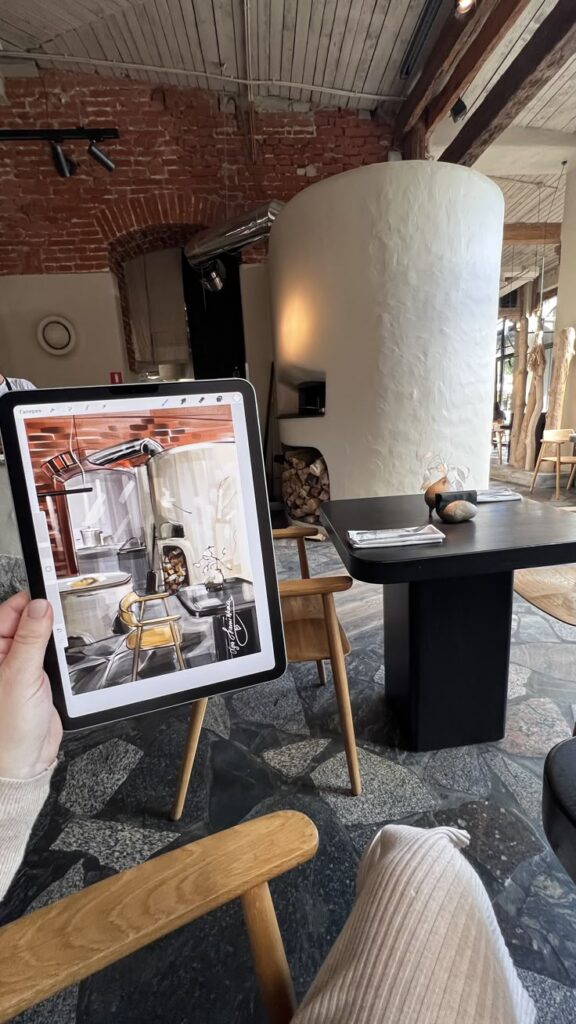

4) Converting cardboard boxes into organizers
Cardboard boxes make excellent organizers for any room in your home. You can use them as-is or transform them with simple decorating techniques.
Cut boxes to fit your drawer dimensions perfectly. Create custom compartments by adding cardboard dividers secured with strong tape.
These work great for organizing office supplies, kitchen utensils, or bedroom accessories. The best part is you can tailor the size to your exact needs.
For a more polished look, wrap your boxes in decorative paper or fabric. Add ribbon or labels to create attractive storage solutions that rival expensive store-bought organizers.
Transform delivery boxes into desk organizers by cutting different heights for pens, papers, and supplies. You can also create mail sorters or craft storage systems.
The beauty of cardboard organizers is their flexibility. If your storage needs change, you can easily modify or replace them without any financial loss.

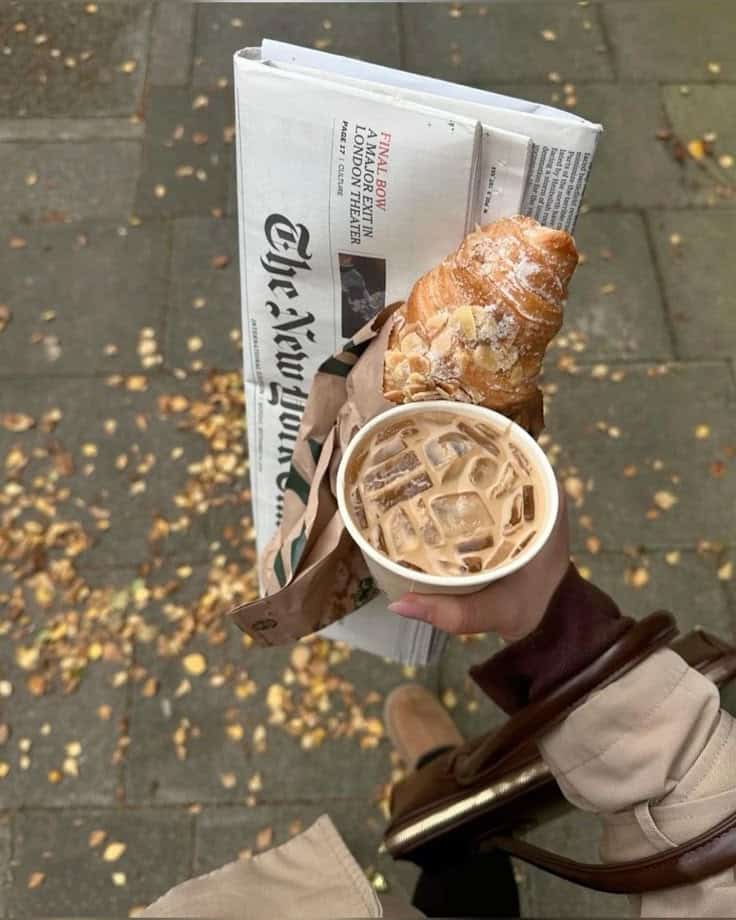
5) Reusing plastic milk jugs for watering plants
Transform empty milk jugs into practical watering tools for your garden. This simple project saves money and reduces plastic waste.
Create a basic watering can by poking small holes in the milk jug cap with a nail or thin screwdriver. The holes control water flow and create a gentle shower effect for delicate plants.
For a slow-release irrigation system, bury milk jugs halfway into the soil next to your plants. Make tiny holes in the bottom and sides of the jug.
Fill the buried jug with water to create direct root hydration. This method works well for larger plants that need consistent moisture over time.
Remove the cap entirely for faster water flow when watering established plants. The handle makes it easy to carry and pour water exactly where needed.
Clean jugs thoroughly before first use to remove any milk residue. Rinse with warm soapy water and let them dry completely.
This watering method works for both indoor houseplants and outdoor gardens. You can customize hole sizes based on your plants’ specific watering needs.
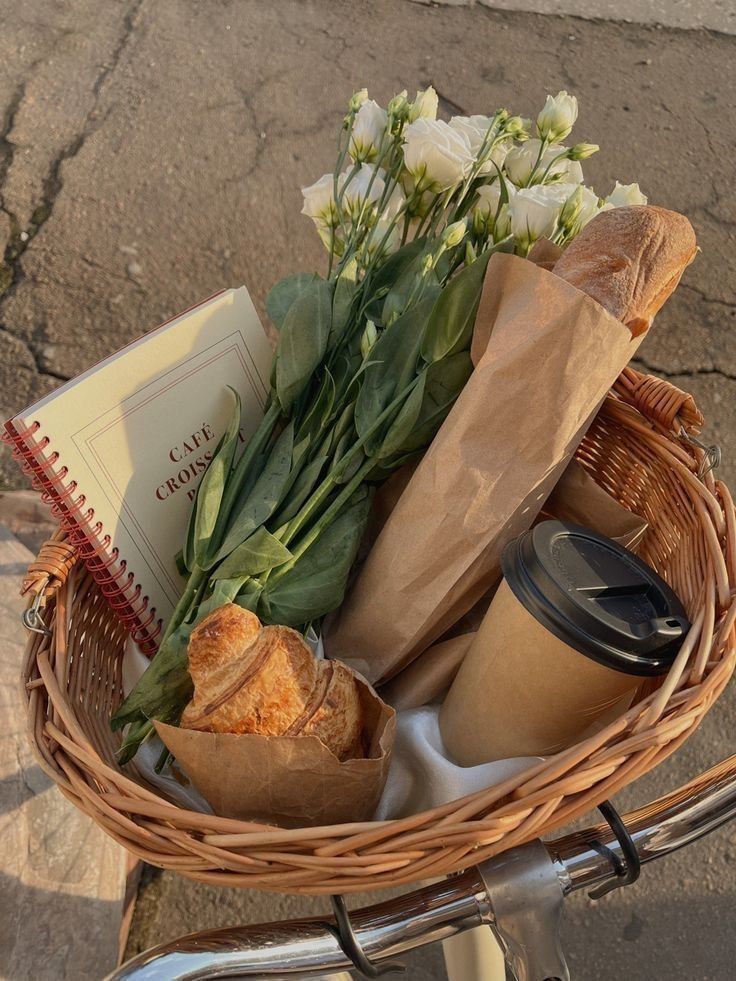
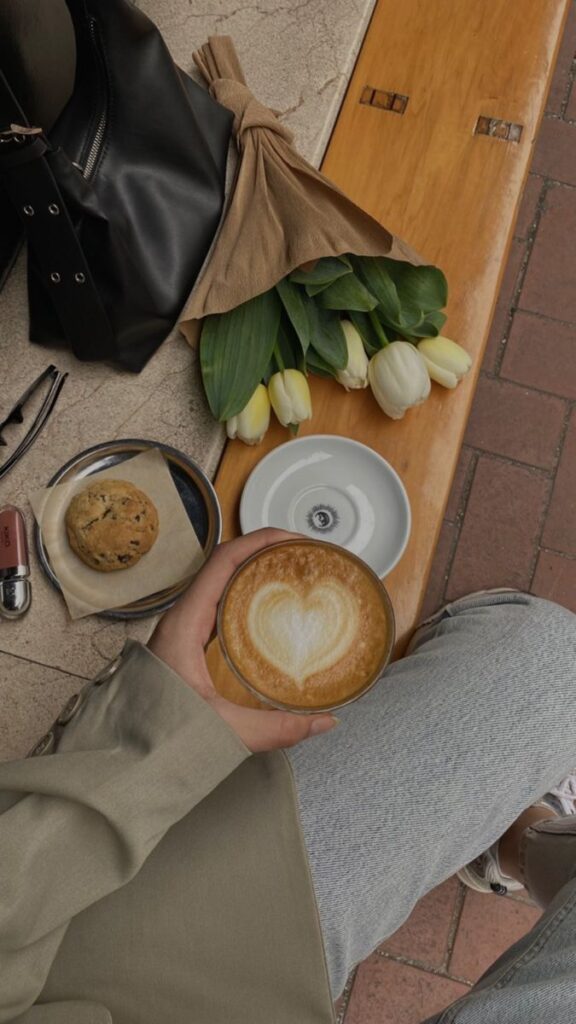
6) Transforming wine corks into coasters
You can give your wine corks a second life by turning them into functional coasters. This simple craft project requires just a few basic supplies you likely have at home.
Gather your wine corks, hot glue gun, and a sharp knife. You’ll need about 9-12 corks per coaster depending on your desired size.
Start by cutting the corks in half lengthwise to create flat surfaces. This helps them fit together better and creates a stable base for drinks.
Arrange the cork halves in your preferred pattern. You can create round, square, or hexagonal shapes based on your taste and decor style.
Apply hot glue between each cork piece to secure them together. Work quickly while the glue is warm for the strongest bond.
Let your coasters dry completely before use. The natural cork material naturally repels moisture and protects your furniture surfaces.
These handmade coasters add rustic charm to your home while keeping useful materials out of the trash. You can make matching sets for gifts or create different patterns for variety.
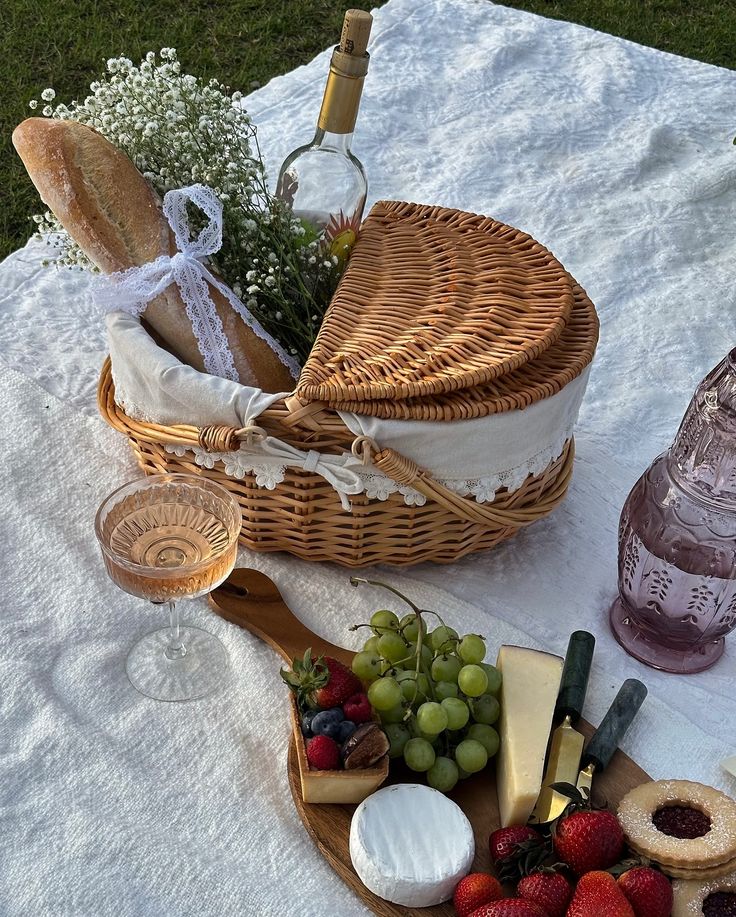
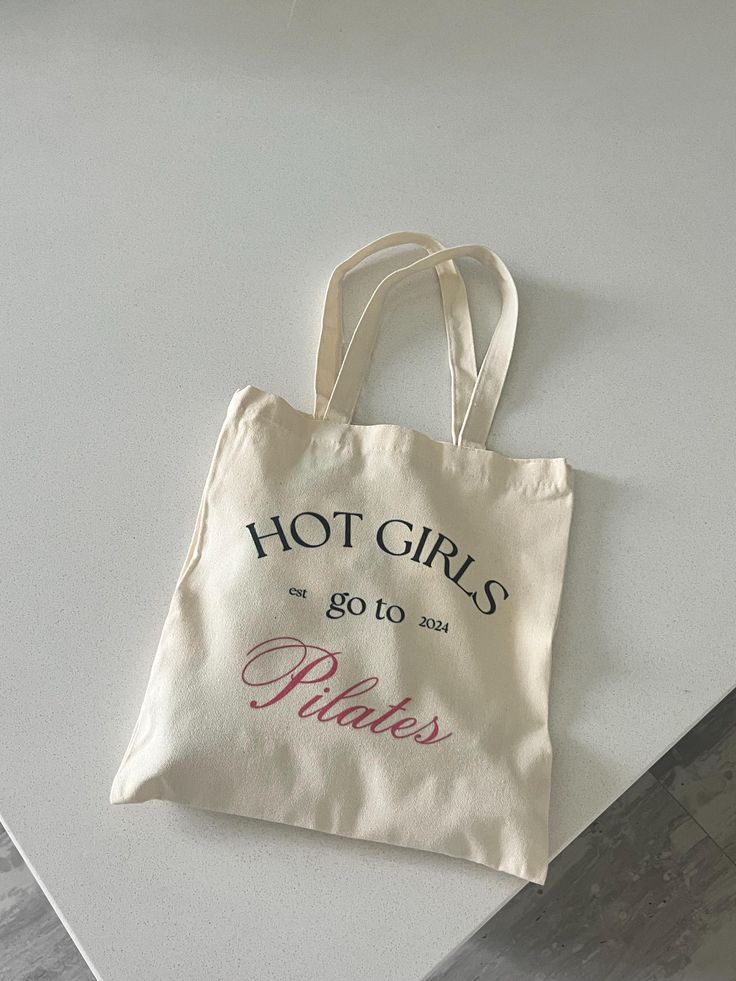
7) Making planters from tin cans
Your empty coffee containers and tomato sauce cans don’t need to go straight to recycling. These everyday containers make excellent homes for small plants and herbs.
You can transform any tin or aluminum can into a functional planter with minimal effort. Their compact size works perfectly for succulents, small herbs, or starter plants that don’t require much space.
Start by cleaning your cans thoroughly and removing all labels. Use a can opener to create drainage holes in the bottom, then smooth any rough edges with sandpaper for safety.
Add a layer of small pebbles at the bottom for proper drainage. Fill with appropriate potting soil for your chosen plants. Succulent and cactus mix works well for low-maintenance options.
You can customize your tin can planters however you like. Paint them in bright colors, wrap them with twine for a rustic look, or leave them plain for a modern industrial style.
These planters work great on windowsills, shelves, or hanging displays. You’re giving waste materials a second life while creating useful containers for your plants.
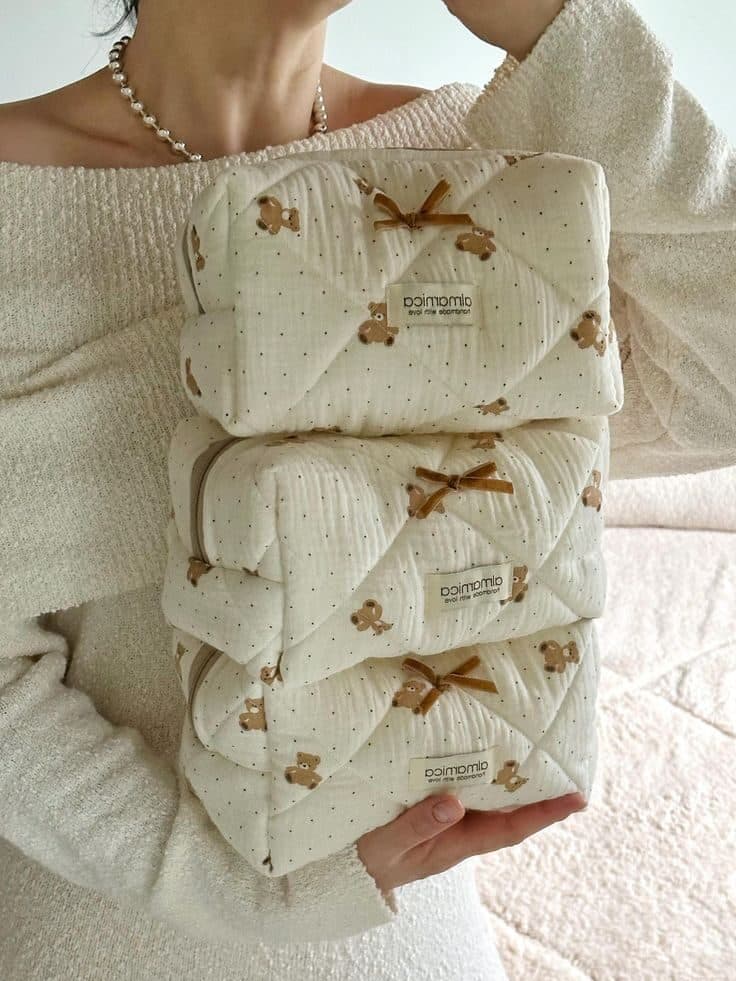

8) Upcycling wooden pallets into furniture
Wooden pallets offer endless possibilities for creating functional furniture pieces. You can transform these industrial materials into coffee tables, outdoor seating, and rustic home decor.
Start with simple projects like towel racks or plant stands. These require minimal tools and give you confidence to tackle larger pieces.
Coffee tables are popular pallet projects. You can stack pallets and add wheels for mobility, or sand them smooth for a refined look.
Outdoor furniture works particularly well with pallet wood. Create benches, planters, or dining sets that withstand weather while adding character to your space.
For indoor use, consider making bed frames, bookshelves, or storage solutions. The natural wood grain adds warmth to any room.
Always inspect pallets before starting your project. Look for heat-treated stamps rather than chemical treatment markings for safer indoor use.
Sand rough surfaces and apply wood stain or paint to match your decor. This finishing step transforms industrial pallets into polished furniture pieces.
Storage ottomans and wine racks are practical options that maximize small spaces. You can customize dimensions to fit your specific needs and room layout.
9) Recycling paper scraps into homemade notepads
You can transform old paper sheets and office waste into useful notepads with just a few simple steps. This process gives printed paper a second life instead of sending it to recycling bins.
Start by collecting half-printed pages from your desk, paper shopping bags, and craft paper scraps. Cut these papers into quarters using scissors or simply tear them apart for a more rustic look.
Keep all the clean sides facing the same direction when you stack the pieces. The measurements don’t need to be perfect since you’re working with recycled materials.
Once you have your stack ready, the binding process follows four easy steps: cut, stack, staple, and bind. You can use staples along one edge or apply padding compound for a more professional tear-away notepad.
These homemade notepads work great for grocery lists, phone messages, and daily reminders. You’ll save money compared to store-bought versions while keeping paper waste out of landfills.
The project is simple enough for children to help with, making it a fun family activity. You can create notepads in any size depending on your needs and available paper scraps.
10) Creating bird feeders from soda bottles
You can transform empty soda bottles into functional bird feeders instead of throwing them away. This simple project works with both plastic and glass bottles you already have at home.
Start by cleaning your bottle thoroughly. Remove all labels and residue to create a clean surface for your feeder.
Cut small holes near the bottom of the bottle for birds to access the seeds. Make these openings about the size of a quarter, spacing them evenly around the bottle.
Create perches by inserting wooden dowels or sturdy twigs through the bottle just below each feeding hole. This gives birds a comfortable place to land while eating.
Fill the bottle with birdseed through the top opening. Replace the cap to keep seeds dry and prevent spills.
Attach string or wire around the neck of the bottle to hang your feeder. Choose a location that’s visible from your window but safe from predators.
Your homemade feeder will attract various bird species to your yard. You’ve successfully diverted waste from landfills while creating something useful for local wildlife.
This project costs almost nothing and provides hours of bird-watching entertainment for your family.
Understanding Resource Cycles
Resource cycles track how materials move from the environment through human use and back to natural systems. These cycles include both natural processes like decomposition and human activities like recycling that return materials to productive use.
What Is a Resource Cycle?
A resource cycle represents the complete journey materials take from extraction to disposal and potential reuse. You can think of it as a series of stages that resources move through in Earth’s systems.
The cycle begins when you extract materials from the environment. This includes mining metals, harvesting timber, or collecting water from natural sources.
Next, these raw materials get processed into useful products. Manufacturing transforms iron ore into steel pipes or converts trees into paper products.
After you use these products, they don’t simply disappear. Used materials return to the environment as waste or get redirected back into production cycles.
Natural processes handle much of this return through decomposition and weathering. Microorganisms break down organic waste, while chemical processes gradually break apart manufactured materials.
The cycle completes when returned materials become available again as resources. Decomposed organic matter enriches soil, while recycled metals can be manufactured into new products.
Natural and Human-Made Returns
Nature operates sophisticated return systems that have functioned for millions of years. Carbon cycles through photosynthesis and respiration, while nitrogen moves between soil, plants, and atmosphere.
When leaves fall, they decompose and feed nutrients back to trees. Dead animals provide minerals for soil organisms and plants.
Water evaporates from oceans, falls as rain, and flows back through rivers in an endless cycle. These natural returns happen automatically without human intervention.
Human-made returns require deliberate action on your part. Recycling programs collect used materials and process them into new products.
You can participate by composting food scraps, donating old clothes, or choosing reusable containers. Manufacturing companies increasingly design products for disassembly and material recovery.
Some industries create closed-loop systems where waste from one process becomes input for another. Steel production uses scrap metal, reducing the need for new ore extraction.
Benefits of Returning to the Resource
Returning to resources creates measurable environmental benefits while rebuilding the social connections that modern life often disrupts. These changes affect both ecological systems and community relationships in direct ways.
Sustainability and Environmental Impact
When you return materials to their source systems, you reduce waste streams by 30-50% compared to linear consumption models. This happens because resources get processed through natural cycles instead of ending up in landfills.
Your carbon footprint shrinks when you choose reusable and returnable options. Glass bottles returned to manufacturers require 40% less energy to remake than creating new ones from raw materials.
Local resource loops cut transportation emissions significantly. When you buy from farms within 100 miles, food travels 27 times less distance than typical grocery store items.
Water conservation improves through resource return systems. Composting food scraps returns nutrients to soil, reducing the need for water-intensive synthetic fertilizers by up to 25%.
Energy savings multiply across the supply chain. Returned electronics provide materials for new devices without mining operations that consume massive amounts of electricity.
Strengthening Community Connections
Resource sharing creates regular contact points with neighbors and local businesses. You interact with the same vendors, repair shops, and community gardens on consistent schedules.
Skill exchange develops naturally when resources move through community networks. You learn preservation techniques from experienced gardeners or repair methods from local craftspeople.
Local economies strengthen when money circulates through resource return systems. Every dollar spent at farmers markets generates $1.58 in additional local economic activity.
Community resilience builds as neighborhoods become less dependent on distant supply chains. Your area develops backup systems for food, materials, and services during disruptions.
Social trust increases through repeated positive exchanges. Regular interactions at tool libraries, seed swaps, and repair cafes create lasting relationships beyond simple transactions.


